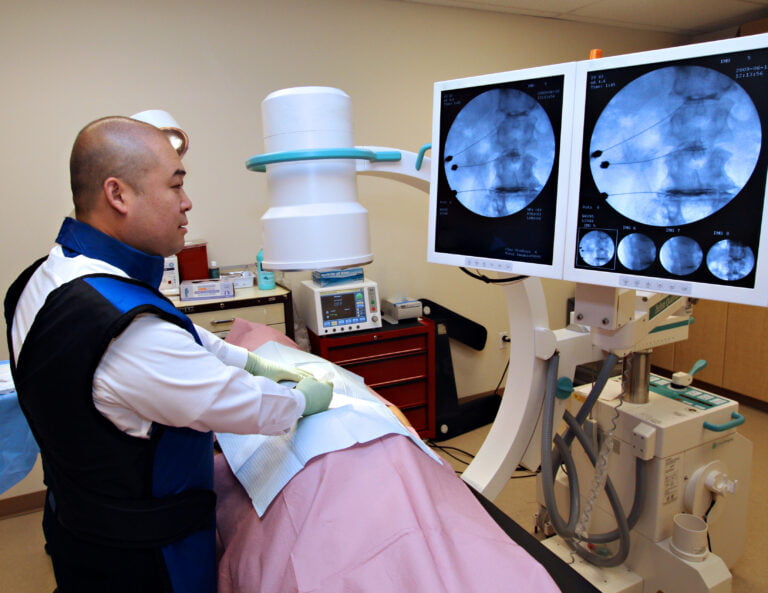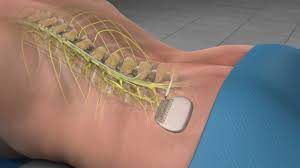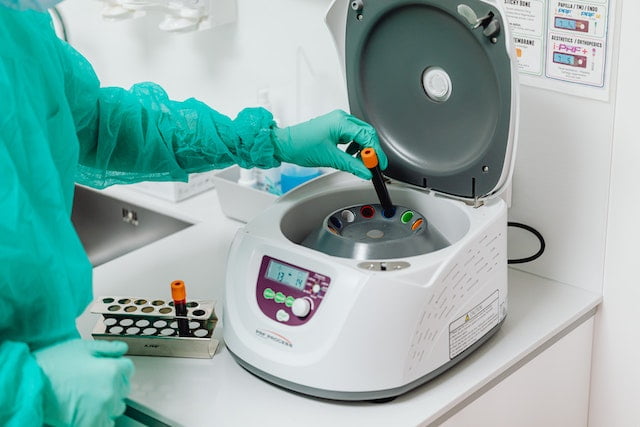As a board certified specialist in interventional pain medicine, I was excited about the idea of using stem cells to treat chronic pain. Stem cell injections for spine and joint pain have been on the rise in popularity in recent years. We have seen advertisements promoting their use for almost every disease. There is no shortage of practitioners who are willing to take your money and take advantage of those desperate for relief. Many patients who suffer from chronic pain have turned to these injections as a way to alleviate their symptoms. However, there are concerns about the effectiveness and safety of these procedures.
Firstly, it is important to understand what stem cells are. Stem cells are cells that can differentiate into many different types of cells in the body. This means they have the potential to become cells that can repair or regenerate damaged tissues. Stem cells can be obtained from various sources, including bone marrow, adipose tissue, and umbilical cord blood.
The idea behind stem cell injections for spine and joint pain is that the stem cells will migrate to the affected area and help regenerate the damaged tissue, thereby reducing pain and improving function. However, there is a lack of scientific evidence to support this idea. Most of the studies on stem cell injections for spine and joint pain are small and of low quality, making it difficult to draw any conclusions about their effectiveness.
Despite the lack of evidence, many doctors are offering stem cell injections for spine and joint pain and charging high fees for the procedure. In fact, the cost of stem cell injections can range from a few thousand dollars to tens of thousands of dollars, depending on the provider and the type of procedure.
Furthermore, stem cell injections for spine and joint pain are not FDA-approved. This means that they have not undergone rigorous testing to ensure their safety and effectiveness. While some doctors argue that they are using the patient’s own stem cells, many are using donated stem cells. There is no way to prove whether these donated stem cells are viable or effective in treating pain.
In addition, there are concerns about the ethical implications of using donated stem cells. Some of these stem cells may come from embryonic tissue, which raises ethical questions about the use of human tissue for medical purposes.
Given the lack of scientific evidence and FDA approval, it is important for patients to carefully consider the risks and benefits of stem cell injections for spine and joint pain before undergoing the procedure. Patients should also be aware of the high costs associated with the procedure and the potential for donated stem cells to be ineffective or even harmful.
While stem cell injections for spine and joint pain may sound like a promising treatment option, there is not enough scientific evidence to support their use. Patients should be cautious when considering this procedure and should seek out other, more established treatment options. It is important for doctors to be transparent about the risks and benefits of stem cell injections and to refrain from offering them as a cure-all for chronic pain.
Platelet rich plasma injections have some mild evidence of effectiveness for joint pains. See our blog post about platelet rich plasma.











